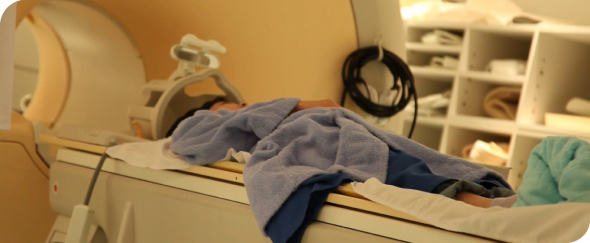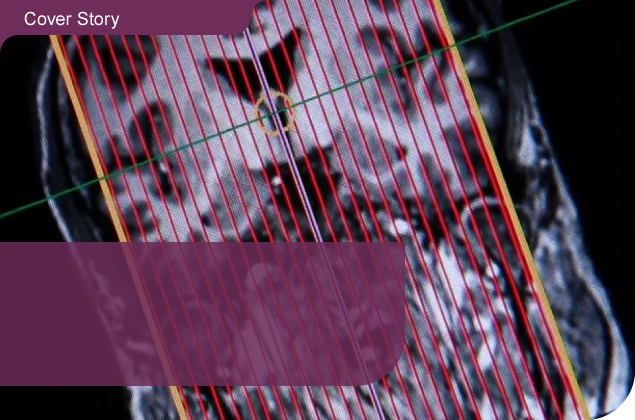Neuroscience is a hot and fast-developing field attracting large amounts of research funding in Europe, the United States and China, and at HKU it has been named a new Strategic Research Theme, eligible for seed funding to incubate new research leads.
One of the most experienced scholars in this field at HKU is Professor Tatia Lee, May Professor in Neuropsychology and Chair Professor of Psychology, who began work on neuroimaging in 2000 before HKU had its own functional Magnetic Resonance Imaging (fMRI) facilities.
Professor Lee’s early research focussed on areas of the brain that lit up when someone was lying. She also examined the brain processes associated with affective processing (making decisions based on an emotional response), and in men who abused their spouses.
Her work has since converged to look at experiences that exert positive impacts on brain functions such as experience-induced neuroplasticity, and negative impacts such as substance use and negative emotions.
She has tied these seemingly disconnected concepts and research methodologies together by focussing on the place where they are all manifested – in the brain – to try to understand how behaviour is tied to the brain’s structure, activity and connectivity, and whether changes in behaviour can produce changes in the brain (i.e. neuroplasticity).
 Neuroimaging technique e.g. Magnetic Resonance Imaging (MRI) allows us to study how brain activity, structures, and connectivity change in response to experience i.e. neuroplasticity.
Neuroimaging technique e.g. Magnetic Resonance Imaging (MRI) allows us to study how brain activity, structures, and connectivity change in response to experience i.e. neuroplasticity.
A window to the brain
“Neuroscience opens a window to look at how different factors affect the brain and how we can do something to change the brain,” she said. “If, by using neuroimaging, we notice certain changes in the brain structure or function, could we design a treatment to reverse the observed change and also the subsequent behavioural change? And can we do something beneficial to protect the brain?”
Working with collaborators in Hong Kong, Mainland China, and overseas, one of her more recent studies has looked at brain activity in depressed patients related to social decision- making. This piece of work is crucial for understanding the influence of negative moods on social functioning.
Yet another study has probed the negative brain effects caused by heroin abuse. Professor Lee provided fMRI results on long-time users who had kicked the habit but were nonetheless found to have signs of premature ageing. These signs were evident in the patients’ telomerase activity, which interacted with the heroin to affect the prefrontal cortex, an area of the brain that serves the high order cognitive functions that define the very unique characteristics of individual human beings.
“We want to look next at whether treatment will change the brain activity. Will the changes in the brain bounce back to a state comparable with the controls?” she said.

Neuroimaging lets us see the brain in an active state, so we can look at the different factors affecting the brain and what we might do to change the brain.
Professor Tatia Lee‘Use it or lose it’
The prospect of inducing changes in the brain is also of interest for healthy individuals, particularly in terms of the ageing brain. Adopting the concept of experience-induced neuroplastic changes, Professor Lee has already demonstrated that mental practice in the form of meditation results in positive changes to the brain among younger adults (see Bulletin May 2012, Volume 13, Number 2). She is preparing to repeat that study on older people to see if such mental training can protect the brain from the inevitable consequence of natural ageing and promote healthy ageing.
She has also found positive results in a separate study looking at the effects of cognitive training exercises on the ageing brain.
“Cognitive training follows the principle for the brain that if you don’t use it, you lose it,” she said.
“Neuroimaging lets us see the brain in an active state, so we can look at the different factors affecting the brain and what we might do to change the brain. With that knowledge, we can consider things like brain protection, brain power and the building of resilience in the brain, which are all tied to the ageing brain.”
All of which has promising implications for the mental health of both healthy and unwell populations.■


